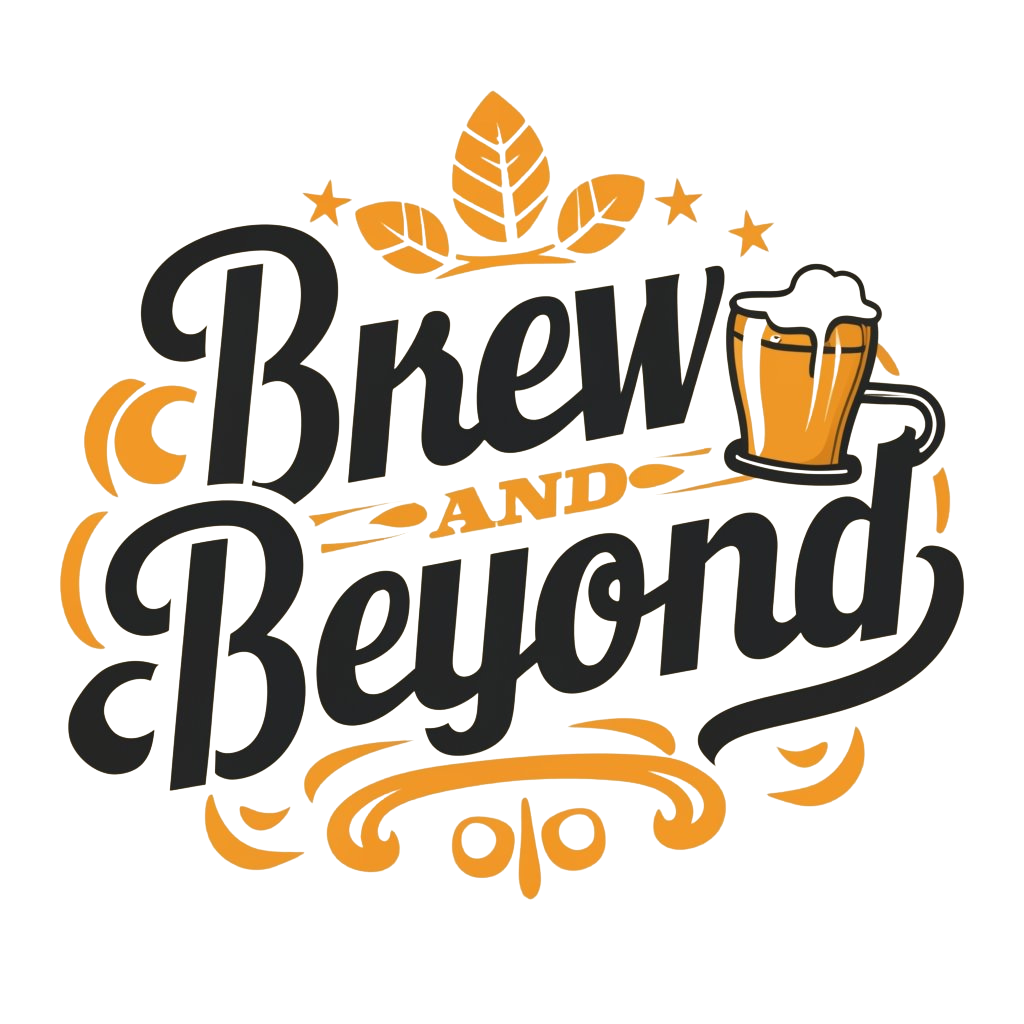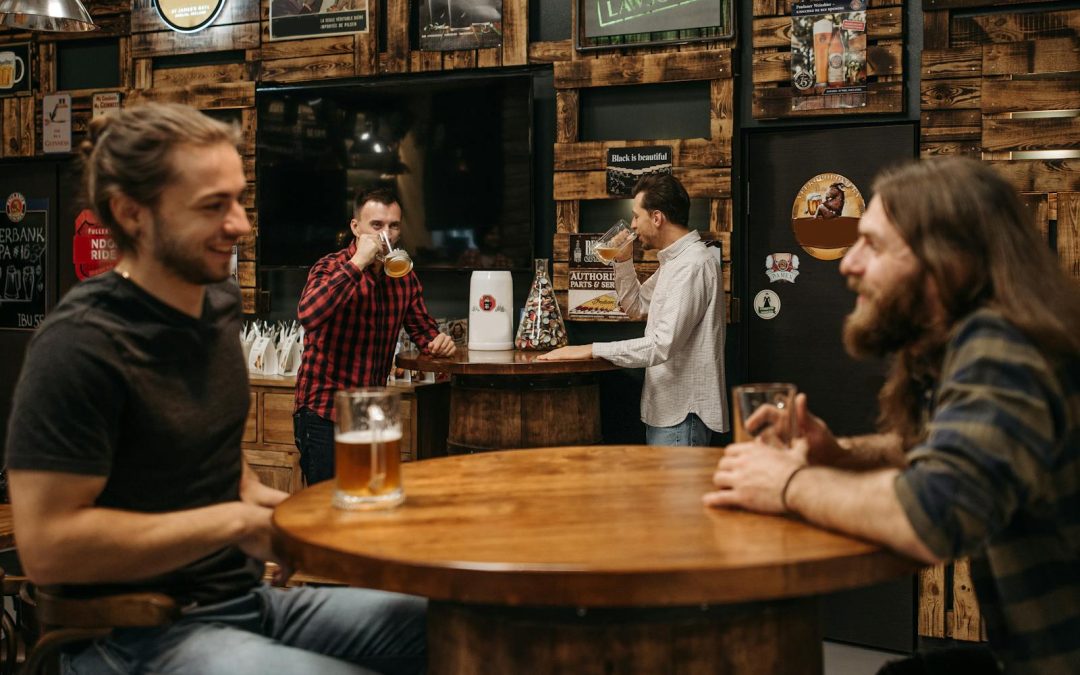Every year on April 7th, beer enthusiasts across the United States raise their glasses to celebrate National Beer Day, a holiday that marks a significant moment in American history and celebrates one of the world’s oldest and most beloved beverages. This day is not just about indulging in your favorite brews; it’s a nod to the rich tapestry of beer’s journey through American culture, politics, and society.
National Beer Day commemorates the Cullen-Harrison Act’s enactment on April 7, 1933, signaling the beginning of the end of the Prohibition era. It was a pivotal moment when beer could legally flow once again, albeit with a maximum alcohol content of 3.2% by weight. This legislation was a precursor to the complete repeal of Prohibition later that year with the ratification of the 21st Amendment. The holiday itself, however, was not established until 76 years later. In 2009, Justin Smith of Richmond, VA, and his friend Mike Connolly from Liverpool, England, sought to commemorate this historic day by creating a Facebook page dedicated to National Beer Day. Their efforts caught on, and the day quickly became a nationwide celebration.
The historical significance of National Beer Day is profound, serving as a reminder of a time when the United States grappled with the complexities of alcohol consumption, legislation, and societal norms. The Cullen-Harrison Act not only marked a legislative turning point but also symbolized a shift in American attitudes toward alcohol. This act’s passage and the subsequent repeal of Prohibition represented a victory for personal freedom and choice, themes that resonate deeply within the fabric of American history.
Celebrating National Beer Day goes beyond merely enjoying a pint; it’s about recognizing and appreciating beer’s role in social gatherings, economic development, and cultural expression. From ancient times to the modern craft beer movement, beer has been a constant companion to humanity, evolving with our societies and reflecting the times. The day is an opportunity to explore the diverse world of beer, from ales and lagers to stouts and IPAs, each with its own story and character.
As we observe National Beer Day, let’s do so with a sense of history and a spirit of celebration. Whether you’re a beer aficionado or just someone who enjoys a casual drink, April 7th offers a chance to reflect on beer’s journey through prohibition, its resurgence, and its place in our lives today. So here’s to choice, freedom, and the American way – cheers to National Beer Day!
The Historical Significance of National Beer Day
The roots of National Beer Day run deep into the bedrock of American history, intertwining with the Prohibition era’s tumultuous landscape. This period, marked by the 18th Amendment’s enforcement, not only reshaped the nation’s legal landscape but also its cultural and social fabric. The story of beer in America is a saga of resilience, revival, and celebration, emblematic of the broader narrative of American freedom and innovation.
Prohibition and Its Impact on America
The Prohibition era, spanning from 1920 to 1933, represented a nationwide ban on the production, importation, transportation, and sale of alcoholic beverages. It was an era of contrasts and conflict, pitting reformers against the everyday citizen’s desire for freedom of choice. The introduction of the 18th Amendment was propelled by a combination of moral, social, and political forces aiming to curb alcohol consumption and its perceived societal ills. However, the reality of Prohibition was far from its intended utopian outcomes.
- Economic Repercussions: Prohibition significantly impacted the U.S. economy, with thousands of breweries, distilleries, and saloons closing, leading to job losses and a substantial decrease in government tax revenues.
- Rise of Organized Crime: The ban on alcohol created a lucrative black market, leading to the rise of bootlegging and speakeasies, alongside a surge in organized crime. Figures such as Al Capone became infamous for their roles in the illegal liquor trade.
- Social and Cultural Impact: While intended to improve public morals and health, Prohibition paradoxically led to increased lawlessness and disrespect for the law among the general population.
The Cullen-Harrison Act: Turning the Tide
The Cullen-Harrison Act of 1933 was a significant milestone, marking the beginning of the end of Prohibition. By permitting the manufacture and sale of beer with up to 3.2% alcohol by volume, it cracked open the door that had been shut tight by the 18th Amendment. The signing of this act by President Franklin D. Roosevelt was met with widespread approval, symbolizing a much-needed reprieve for a nation grappling with the Great Depression. It was a step toward restoring personal freedoms and reviving an industry integral to the country’s cultural identity.
- A Return to Normalcy: The enactment of the Cullen-Harrison Act allowed Americans to legally purchase beer, heralding a return to social norms and traditions that had been suppressed during Prohibition.
- Economic Revival: The legalization of beer production kick-started the brewing industry, leading to job creation and increased tax revenues, providing a boost to the struggling economy.
- Cultural Renaissance: The re-emergence of breweries paved the way for the revival of American beer culture, setting the stage for the future craft beer movement.
National Beer Day celebrates not just the beverage but the enduring spirit of innovation and resilience that defines the American experience. It’s a day to reflect on the journey from prohibition to prosperity, from suppression to celebration. As we raise our glasses each April 7th, we toast to the freedoms won, the battles fought, and the vibrant tapestry of American life that beer so vividly colors.
Celebrating National Beer Day: Traditions and Innovations
As National Beer Day rolls around each April 7th, beer enthusiasts and casual drinkers alike find myriad ways to celebrate. This day is much more than an ode to one of humanity’s oldest beverages; it’s a reflection of beer’s evolving role in social gatherings, economic dynamics, and cultural expressions. Here, we delve into the traditions that mark this day and the innovative ways people across the United States celebrate the rich diversity of beer.
Embracing the Craft Beer Movement
The American craft beer scene has exploded in the past few decades, transforming the landscape of beer production and consumption. National Beer Day offers a perfect opportunity to explore this vibrant culture.
- Tour a Local Brewery: Many craft breweries open their doors to the public, offering tours that showcase the brewing process. These tours often end with a tasting session, allowing visitors to sample a variety of beers.
- Craft Beer Tastings and Festivals: Beer festivals and tasting events are common on and around National Beer Day. These events celebrate the diversity of beer with offerings from different breweries, often accompanied by food pairings and live music.
The Social Aspect of Beer
Beer has always been a social lubricant, fostering connections and community. National Beer Day accentuates this aspect, with many choosing to celebrate in communal settings.
- Gatherings at Pubs and Bars: Bars and pubs often have special deals and beer-themed events. It’s a time when friends and family can gather, share stories, and enjoy their favorite brews together.
- Beer Dinners: Some choose a more intimate celebration with beer dinners, where each course is paired with a different beer, highlighting the nuanced flavors of both the food and the beverage.
Educational and Interactive Experiences
For those looking to deepen their understanding of beer, National Beer Day provides a wealth of educational opportunities.
- Beer Workshops and Classes: Breweries and culinary schools sometimes offer workshops on beer brewing, tasting techniques, and the history of beer. These sessions provide insights into the intricacies of beer flavors, styles, and brewing methods.
- Interactive Beer Apps: Technology has made it easier to explore the world of beer. Apps like Untappd allow users to track their beer tastings, discover new breweries, and participate in beer challenges, adding a digital dimension to the National Beer Day experience.
Reflecting on Beer’s Cultural Significance
While National Beer Day is a celebration of beer itself, it also serves as a reminder of beer’s enduring impact on culture and society. From its ancient origins to its prohibition-era struggles and its resurgence in the craft beer movement, beer has mirrored societal changes and influenced social norms.
As we celebrate National Beer Day, let’s toast not only to the beverage that has quenched our thirst for centuries but also to the brewers who craft it with passion, the communities that embrace it, and the traditions and innovations that continue to make the world of beer endlessly fascinating. Whether you’re enjoying a quiet pint at home, exploring the offerings of a local brewery, or joining in a communal celebration, National Beer Day is a testament to beer’s unique place in our lives and cultures.
FAQs about Beer and National Beer Day
In the spirit of National Beer Day, it’s fitting to address some of the most common questions enthusiasts and casual drinkers alike may have about beer. This segment aims to enrich your appreciation for beer and deepen your understanding of this beloved beverage.
What Distinguishes Different Types of Beer?
At its core, beer is categorized mainly by its fermentation process, leading to two broad classes: ales and lagers. Ales, one of the oldest beer types, are fermented at warmer temperatures, resulting in a richer and more complex flavor profile. Lagers, in contrast, are fermented at cooler temperatures, offering a cleaner, crisper taste.
- Ales include varieties such as IPAs, stouts, and porters, each with unique characteristics ranging from the hoppy bitterness of an IPA to the deep, roasted flavors of a stout.
- Lagers encompass pilsners, bocks, and helles, known for their smooth and often lighter taste.
What Is an IBU?
International Bitterness Units (IBU) measure a beer’s bitterness level, which comes from the hops used during brewing. The IBU scale starts at 0 and can go beyond 100. Generally, a lower IBU means less bitterness, making the beer smoother and more approachable for those who shy away from bitter flavors.
Are There National Beer Day Discounts?
Yes, many establishments acknowledge National Beer Day by offering specials, discounts, or themed events. It’s a day when breweries, bars, and restaurants might feature limited-edition brews, discounts on drafts, or beer pairing menus.
How Should Beer Be Stored?
To preserve the quality of beer, particularly lagers, it’s recommended to store them at cool temperatures, around 7–10°C (45–50°F). This range keeps the beer fresh, retaining its intended flavor profile and preventing premature aging.
Does Beer Have Health Benefits?
Moderate beer consumption can be part of a balanced lifestyle. Studies suggest that beer, when enjoyed responsibly, can offer health benefits such as reduced risk of heart disease and kidney stones. The key is moderation, as excessive consumption negates these benefits and can lead to adverse health effects.
Conclusion
As we wrap up our journey through the world of beer and the celebration of National Beer Day, we’re reminded of the rich history, diverse culture, and communal joy that beer brings into our lives. From the artistry of brewing to the science of fermentation, beer encompasses a world of complexity and flavor waiting to be explored. So, whether you’re a seasoned aficionado or new to the wonders of beer, take a moment to savor the craftsmanship in every sip, and remember to celebrate responsibly. Cheers to National Beer Day!
© 2024 by brewandbeyond.com. All rights reserved. No part of this document may be reproduced or transmitted in any form or by any means, electronic, mechanical, photocopying, recording, or otherwise, without prior written permission of brewandbeyond.com.


